The roar of rockets. The bark of rifles. The din of angry mantras. ItÂ’s hard to make sense of whatÂ’s going on in Palestine and Israel amid such a cacophony. But hereÂ’s a try.
BLASTS of anger and wails of grief sounded the push of a dispossessed people to reclaim their lost land back as far back as the 1930s. Today the same sounds are still being heard: Same place, same reason - but from a different people.
The Jewish people believe this is their holy soil, given to their forefathers — Abraham, Moses and David — as a gift by God himself.
The Palestinians believe the same thing: It’s just their religion diverged from that of the current form of Judaism several times over the past four thousand years.
Over the millennia it’s been called Canaan, Judea, Samaria, Galilee and the Holy Land.
Israel is an ancient name for the new Jewish homeland carved out during the past century, proudly shouted by settlers streaming into their new territories.
Palestine is a new word invented by the West, derived from the Roman and Greek names for the region in antiquity. It’s since become a name synonymous with Arab refugee camps, rock-throwing resistance — and terror attacks.
Their causes seem incompatible. Their differences seem irreconcilable. The fight seems eternal.
Each blames the other for being the one who “started it all”.
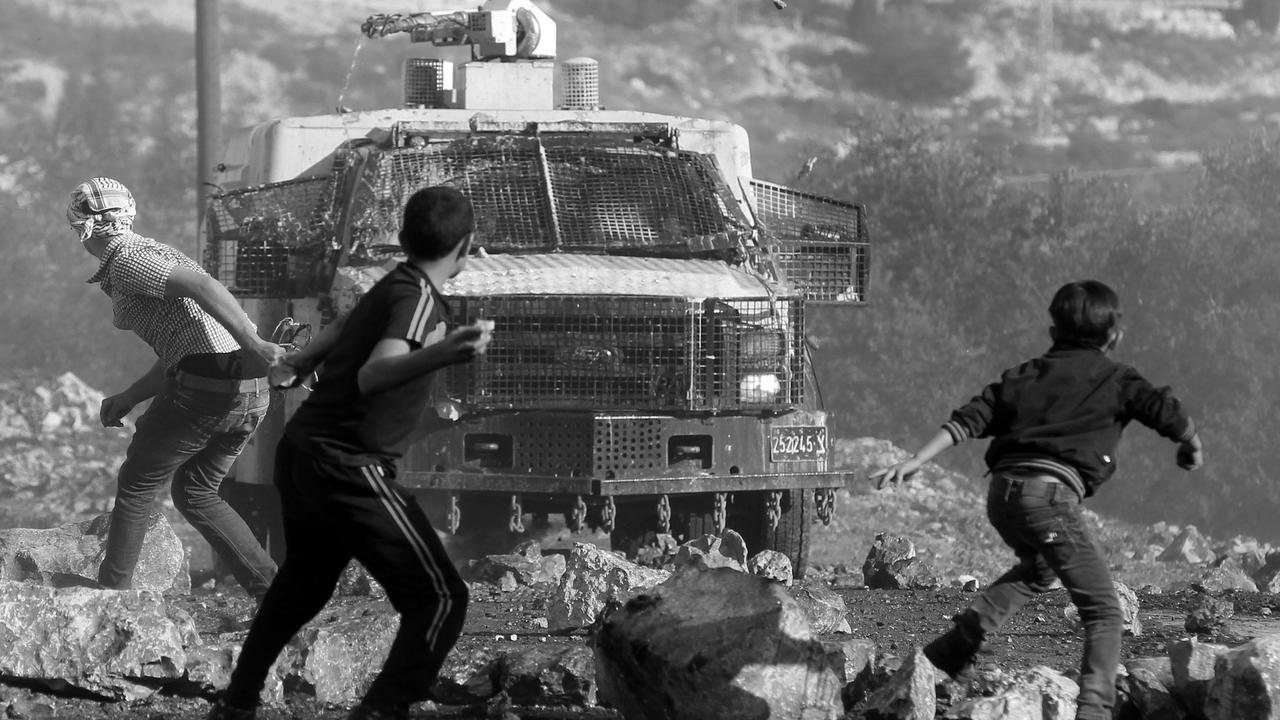
Jewish Israel: It’s a largely Western enclave in the heart of the Arab world. Some 75 per cent of the population of almost eight million identify themselves as Jewish ethnics. It is a parliamentary democracy without a constitution, but with a nominally secular flavour. Like Sparta of old, it’s a nation which finds itself forced to be constantly prepared to fight. It walks a fine balance between what it deems as necessary displays of strength, and the accusation of disproportionate and unjust collective punishment of its opponents.
Arab Palestine: At the turn of the 20th century, what was the Holy Land was 96 per cent Muslim and Christian. Emigration from Europe, the United States and North Africa has significantly altered these figures. The four million Arab Palestinians now in the West Bank and Gaza strip have been living under occupation or blockade since 1948. Some 4.5 million Palestinians are classified as refugees, huddled in camps in Syria, Jordan and Lebanon as well as Gaza and the West Bank. Nobody — and nothing — has been able to get in or out without Israeli permission for decades. Equally, the refugee camps have been breeding grounds for jihadist fighters, resentful at what they see as Western injustice.
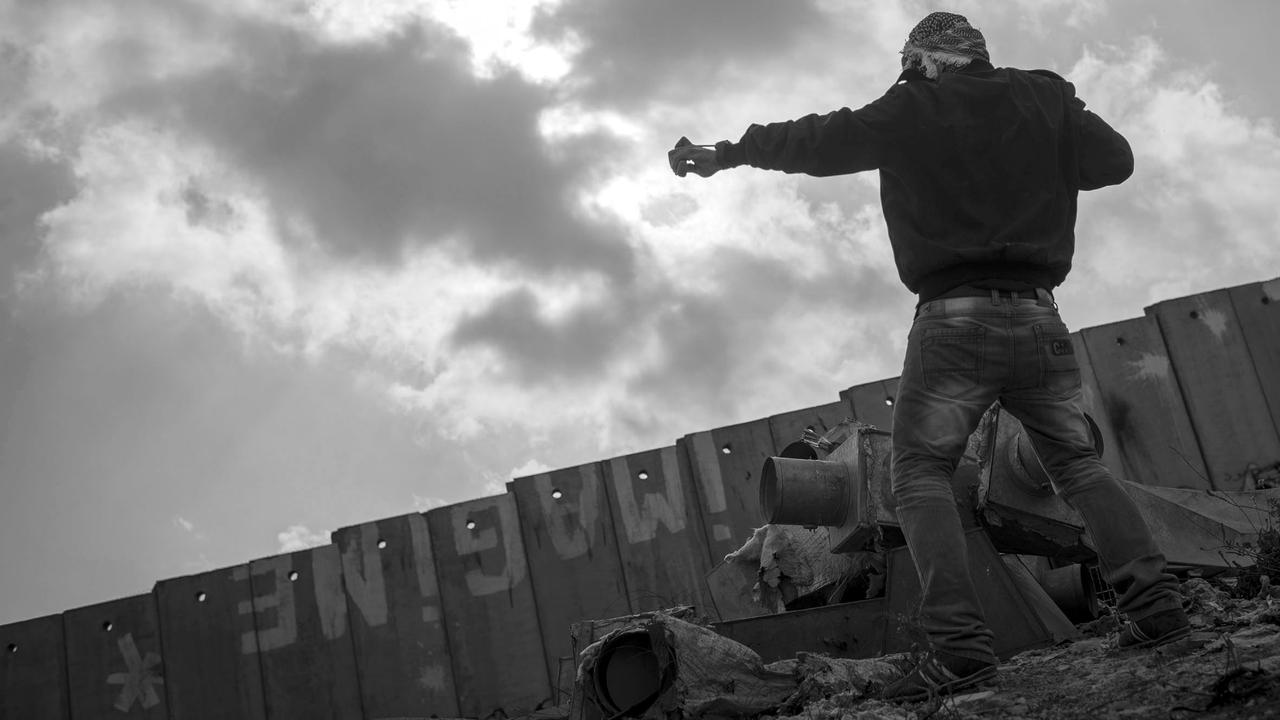
Both sides seek to hide it, but both sides are guilty. There are extremist factions which will not be satisfied until their opponents are completely eradicated.
On the Jewish side are the successors of the Zionists of a century ago: Small groups of religious fundamentalists who assert their interpretation of the Old Testament is incontrovertible fact. The Holy Land belongs to the Jews by right of God’s word. Any who doubt this are heretics. Any who oppose this must be defeated. Their goal: To establish a new kingdom of heaven, to be crowned with the rebuilding of the long-destroyed Temple of Jerusalem.
On the Palestinian side are the jihadists: Groups of Muslim “holy warriors” mustered from around the Middle East and the world. Their jihad — or holy war — rejects Israel’s right to exist. It seeks to reclaim the lost lands of their Arab brethren and return the holy shrines of Islam to their rightful owners. This includes the Temple Mount of Jerusalem — now occupied by the 1300-year-old Dome of the Rock and al-Aqsa Mosque — which is regarded as the third most holy site in Islam. Then there are those who want to establish a new kingdom of heaven, to restore the long-lost caliphate to reign over the entire Middle East.

The origins of this conflict are lost in history. The Old Testament as we know it wasn’t compiled until the seventh century BC, and there’s very little in the writings of Egypt or other Middle East nations referencing Israel before this time.
For decades archaeologists have been digging. But they’ve found scant evidence of the Kingdom of Solomon, or David, which was said to mark the creation of a prehistoric stand-alone Jewish state.
We know more about the New Testament era from the records of ancient Greece and Rome.
Featuring prominently is the occupation of Israel.
An uprising by Jewish Zealots between 66 and 74AD was at first successful — with the Roman legions successfully expelled from Jerusalem.
Emperor Nero then ordered the rebellion crushed in a manner that would serve as an example to the rest of the Empire. His legionaries cracked-down with an iron fist on Zealots and civilian alike. The foundation stone of the Jewish faith — the Temple of Jerusalem — was toppled and more than 100,000 Jews dispersed among the Empire as captives.
It was an event they called The diaspora …. the “Scattering”.
The last remnants of the kingdom of Israel was soon reduced to rubble.
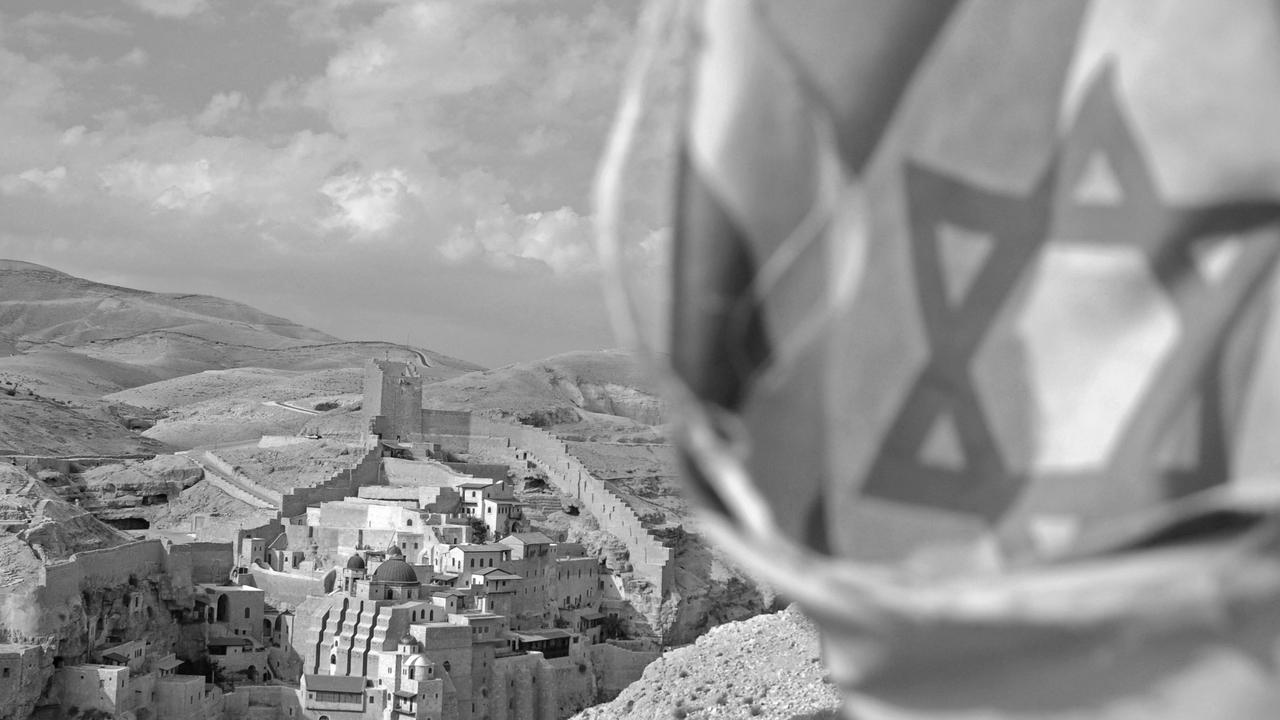
In the late 1800s, a Zionist movement was formed — campaigning to reclaim the long-lost homeland for the Jewish race.
It was a migration which rapidly gathered momentum, coming to a head shortly after World War One.
Amid the shattered remains of the Ottoman Empire an onrush of Jewish settlers from Europe triggered growing fears among the Arab population. After all, they had been promised by Britain — which had been managing the region as a “Protectorate” — that they would be able to form their own independent state in return for having rebelled against their German-allied overlords.
So why did Britain’s Balfour Declaration declare support for the creation of a Jewish state?
In the 1930s, this disquiet erupted into revolt. The Arabs feared any continuation of such large-scale immigration would mean them becoming a minority in their own land.
The uprising was suppressed by the British — and the newly established Jewish militias.
This was the start of the cycle of clashes that continues to this day.
Then came World War Two and the outpouring of shock and grief at the Holocaust inflicted upon the Jewish race by Adolf Hitler and his Nazis. Six million Jewish people had been murdered.
The United Nations set out to make amends: The floodgates were opened for dispossessed and displaced Jews around the world — but in particular the United States — to build a new state in their ancient holy land.
But many resented occupying power Britain’s attempts to balance Jewish, Arab — and its own — conflicting needs.
Zionist militias formed from among the settlers set out to forcefully reclaim their long-lost homeland.
Among their leaders were future Prime Ministers Menachem Begin and Ariel Sharon.
Crimes attributed to their cause include the assassination of Lord Moyne, a barrel-bomb being rolled into a civilian bus at the Jaffa Gate, an attack on the Palestinian village of Deir Yassin which killed 107 men, women and children, and the bombing of the King David Hotel.
The United Nations Partition Plan arbitrarily carved out new borders dividing the region between Jews and Arabs in what it hoped would prove to be a suitable compromise once the British withdrew.
It satisfied neither side.

The Jews declared their independent state on May 14, 1948. The UN had divided the region into two states, with Jerusalem as an “open, international” city.
The Palestinian Arabs felt dispossessed and fought to lay claim to their own independent state.
The neighbouring nations of Egypt, Saudi Arabia, Transjordan, Syria, Lebanon and Iraq soon rallied to the cause of their religious and blood cousins — and moved their forces into the Palestinian territories.
Backed by financial and material support from benefactors in the United States and Europe, the Jewish settlers had quickly formed a fighting force far stronger than that of all of their neighbours combined.
The war was soon over. Egypt took control of Gaza. Jordan took the West Bank. Israel tightened its grip on its newly-won territories.
Some 750,000 of Arabs were forced out of their homes and had their lands seized. They gathered in nearby nations to live as refugees.
It is an event the Arabic world calls “Al-Nakba” — the “Cataclysm”.
Their old villages and farms were reduced to rubble as fresh-built Israeli settlements rose across the landscape.

Attempts by Arab nations to rectify this situation — and rid themselves of the annoyance of Israel — collapsed in 1967 when Israel launched a “pre-emptive strike”.
The Six Day War resulted in the occupation of the surviving Palestinian lands by Israeli forces, and new territories — such as the Golan Heights — were annexed as its own. Suddenly, Israel had doubled in size.
An attempt by Egypt and Syria in 1973 to recapture their lost territories failed. It would become known as the Yom Kippur War.
Out of the ashes came names such as West Bank and Gaza strip. These are the Arab enclaves being fought over today.
The cross-border raids by suicide bombers and militants which still spark so much outrage began in the 1960s. Then, as now, those attacks prompted Israeli military responses — often embodied as violent incursions into Lebanon, Gaza and the West Bank.
Exiled Palestinians formed their own militias to forcefully reclaim their lost homeland.
One of their leaders was future President Yasser Arafat, and the militias soon evolved into the Palestine Liberation Organisation (PLO).
Crimes attributed to their fight include the hijacking of a tourist bus near Haifa resulting in the death of 35 passengers, the Munich Olympics attack on the Israeli team which killed 11, the hijacking of the cruise ship Achille Lauro and many more.
Eventually the cycle of attack and counter-attack sparked a general uprising. The first “Intifada” (or “resistance”) of 1987 to 1993 represented a rebellion by the general Arab populace against occupying Israeli forces. It ended with the Oslo Peace Accords which saw Arafat elevated to the legitimate leader of the Arab West Bank and Gaza strip.
It was supposed to be the start of a solution to the problem: Palestine now, for the first time, was on the brink of being its own independent nation state with its own internationally-recognised lands and borders. Israel was given control of more land, water and transport corridors.
It satisfied neither side.
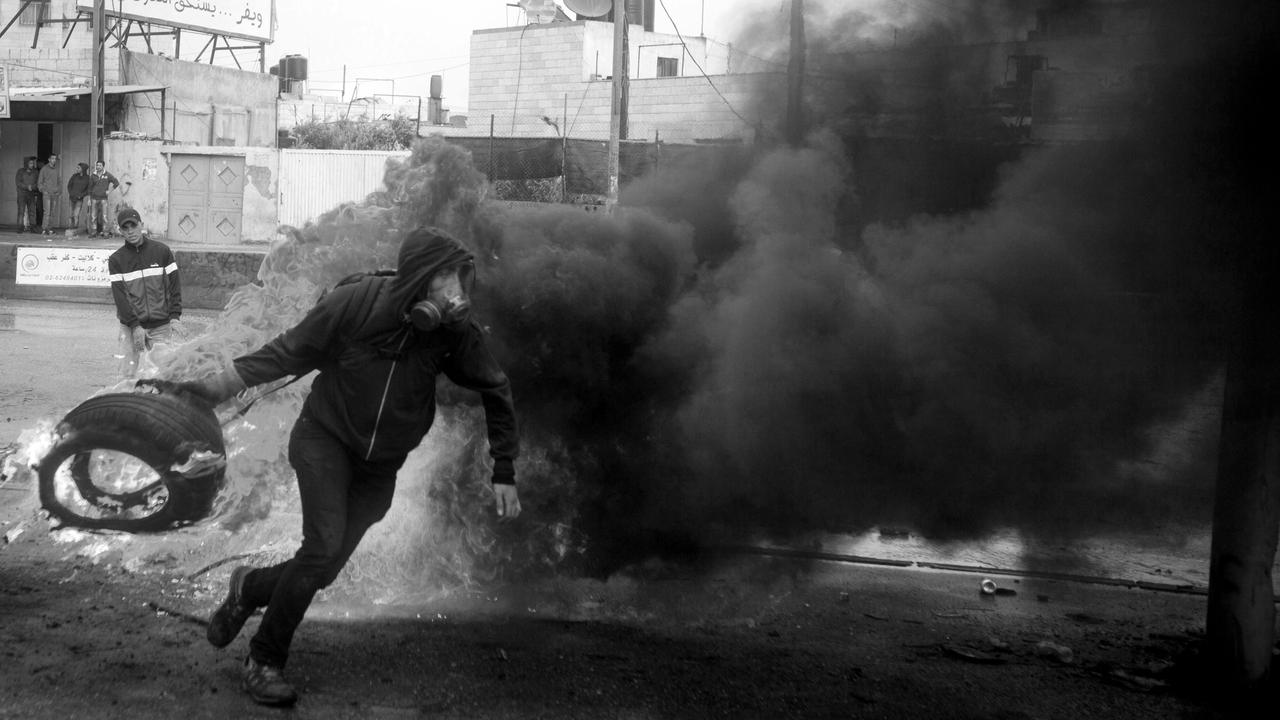
Israel continued to “confiscate” Arab lands. Settlements continued to be built in Palestinian territory. Rockets and mortars continued to be lobbed into Jewish towns and cities which Arabs considered their own.
A second “Intafada” arose as a response to a punitive cycle of clashes.
But the main spark is generally regarded as being a September 2000 visit by Israeli leader Ariel Sharon — backed by 1000 soldiers — to the Muslim-occupied Temple Mount. He declared to be ‘eternal’ Israeli territory.
Known as the Haram al Sharif (Noble Sanctuary) to the Muslims, it is Islam’s third most holy site. Known as the Temple Mount to the Jews, it is venerated as the one and only site of their temples.
Both sides want exclusive access to that space.
The cycle of violence escalated again.
Construction of the infamous concrete “Security Fence” began in 2002 — nominally to prevent terrorist attacks, but it also served to separate many Palestinians from their most fertile fields in what was seen as another land-grab.
The Israeli occupation ended shortly after the death of President Arafat in 2004, who had been besieged in his Ramallah compound for more than two years.
Since then, Palestine has essentially been a nation in name only. The electoral victories of resistance and terrorist organisation Hamas saw it become the successor of the PLO in Palestine’s legislative council. The election produced a virtual cessation of political compromise between the warring states.
The cycle of war and tenuous peace continues, unabated.
It’s been an ongoing story of suicide bombings and targeted assassinations, of rock-throwing and rocket-firing, occupation and infiltration.
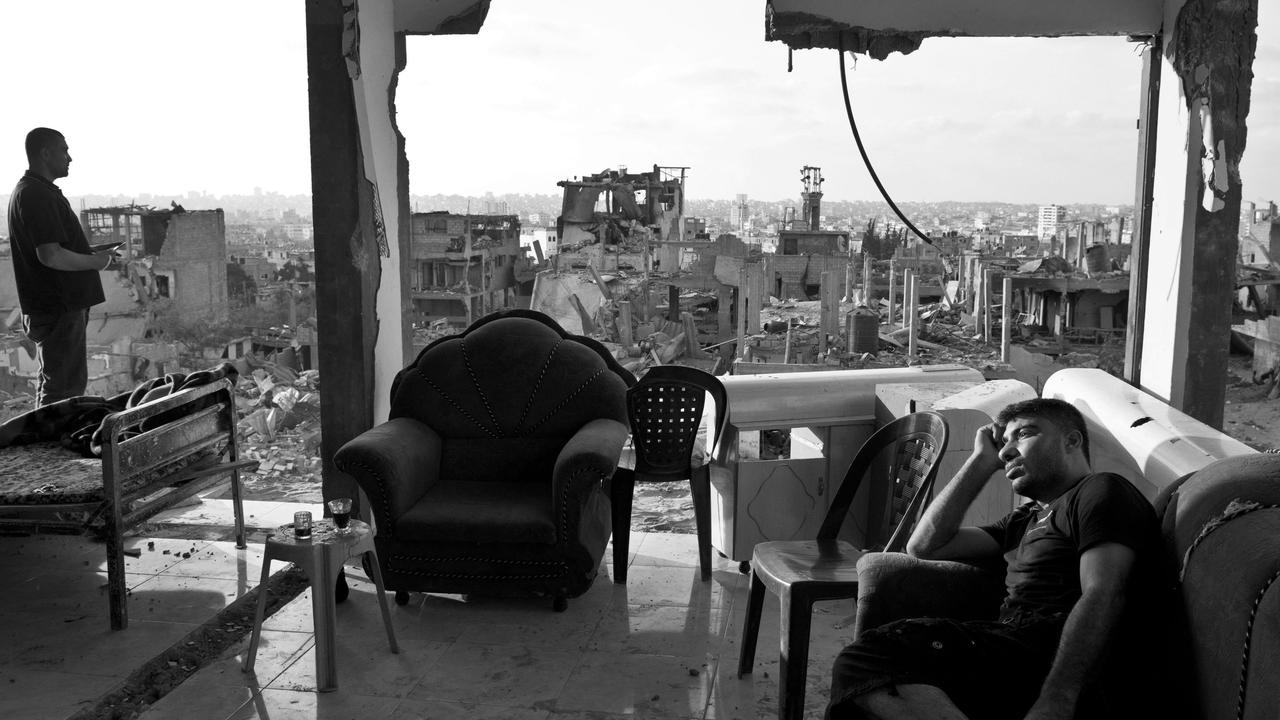
The renewed Jewish state is still fighting to exist. Some factions still want to expand.
And the fundamental frictions remain.
Tens of thousands of Palestinian refugees still live in the surrounding states of Lebanon, Syria and Jordan — waiting for a chance to return to their homes.
Tens of thousands of Jewish settlers have been streaming in from Europe, Russia, North Africa and the United States. So many, in fact, the tiny Jewish state is struggling to find space for them all.
This population pressure is part of the problem behind the ongoing contentious “confiscation” of land and “illegal” settlements in territory earmarked so long ago for the Palestinians by the United Nations.
Gaza remains blockaded. Large Jewish settlements in the West Bank continue to expand.
Flurries of suicide and rocket attacks continue to be flung at Israel.
In particular, a new wave of unrest escalated in 2006 after Israel began a campaign of ‘targeted assassinations’ aimed at Hamas and Hezbollah leadership.
The recent battles are just another act in the latest chapter of this eternal war.
The mid 2014 murder of three Jewish teenagers — two of whom belonged to extreme sects — was met with an immediate and violent retaliation.
Israeli warplanes and helicopters began bombarding Gaza and the West Bank.
Hamas — which continues to style itself as the fighting front for the Palestinians’ desire to return home — responded in kind: Firing unguided rockets blindly into Jewish territory.
Between July 17 and August 26, 2014, Hamas lobbed 4500 rockets and missiles into Israel. In the same period, Israel dropped 20,000 tons of explosives on Gaza. More than 2100 Palestinians were killed. Five Israeli civilians and 66 soldiers died.
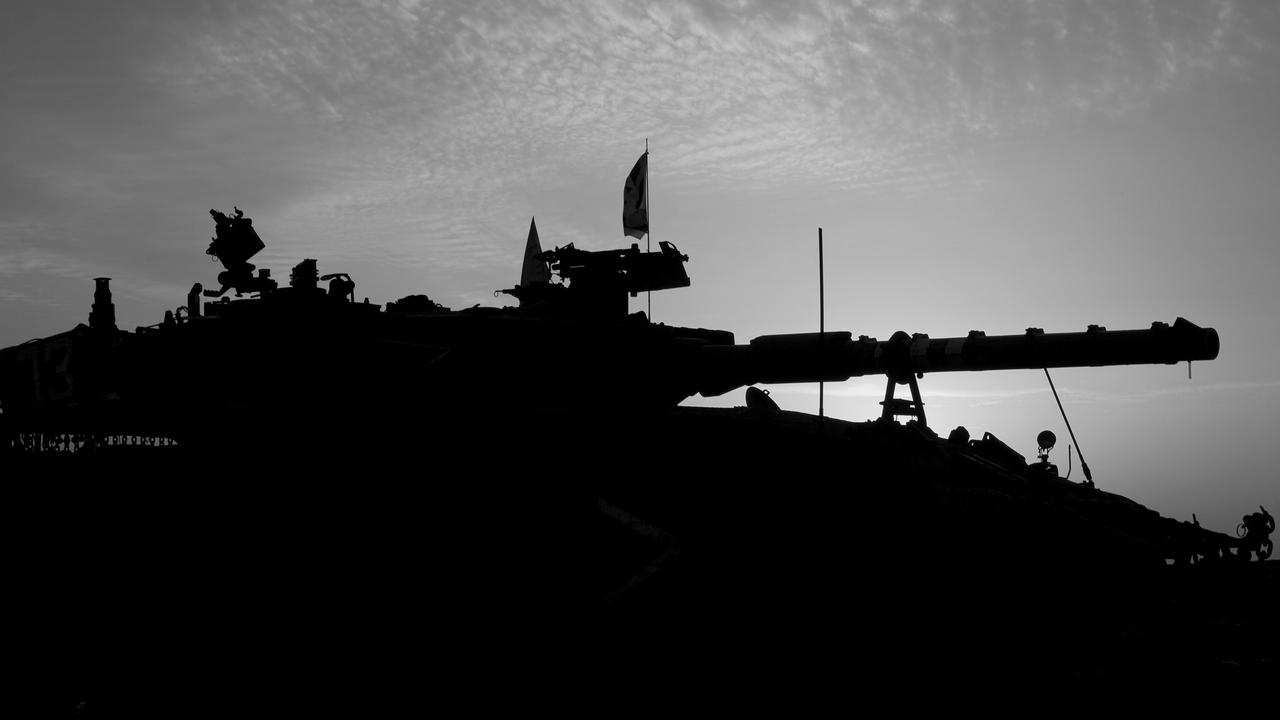
Israel continues to strive to ensure its security through military strength: Amid its advances are the “Iron Dome” antimissile system and submarines believed capable of carrying nuclear weapons.
Palestinians continue to exert their claim on their homeland through rock-throwing protests and suicide attacks.
Both sides seem as intractable as stone.
But looming behind this ongoing struggle is the political and religious turmoil in the nations surrounding the Holy Land.
War-wracked Syria has become a melting pot between Sunni and Shia jihadist groups in their bid to overthrow President Assad. To this end, the United States have become the unlikely ally of the likes of Hamas and even al-Qaeda.
But these battle-hardened jihadists have also been turning their eyes elsewhere, in particular Iraq. The astounding success of the Islamic State there has shocked the world.
Now Israel has a new fear: A future dominated by black-clad tribal warriors streaming over their borders to reclaim the medieval caliphate that arose after the death of their prophet, Mohammed.
History, it seems, is doomed to always repeat.
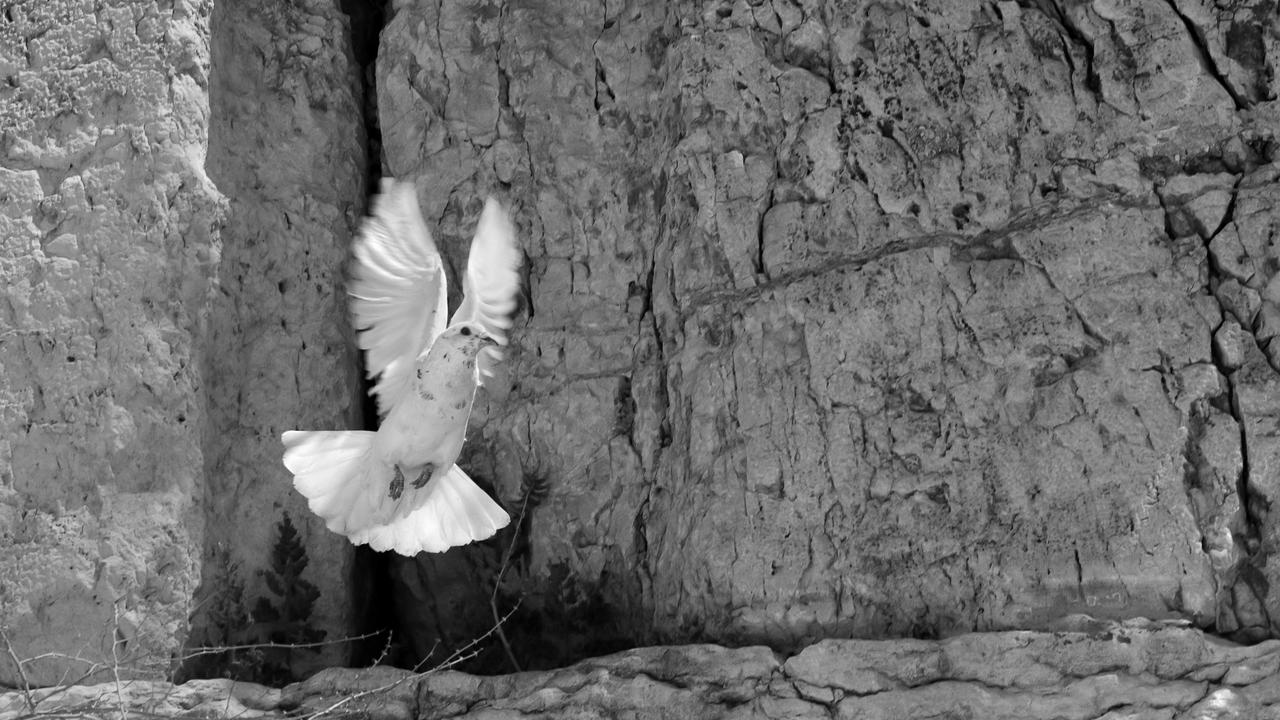

Add your comment to this story
To join the conversation, please log in. Don't have an account? Register
Join the conversation, you are commenting as Logout
Here’s what you can expect with tomorrow’s Parramatta weather
As autumn sets in what can locals expect tomorrow? We have the latest word from the Weather Bureau.
Here’s what you can expect with tomorrow’s Parramatta weather
As autumn sets in what can locals expect tomorrow? We have the latest word from the Weather Bureau.